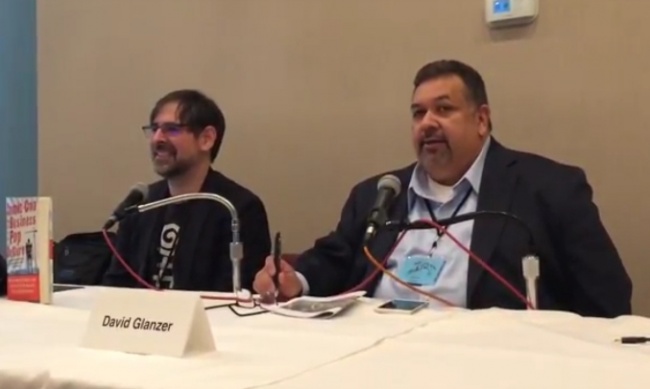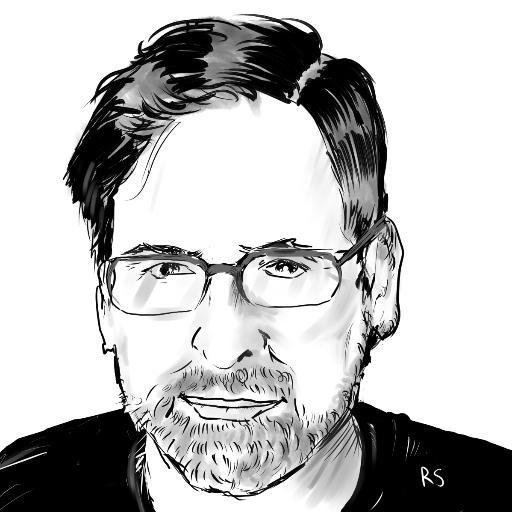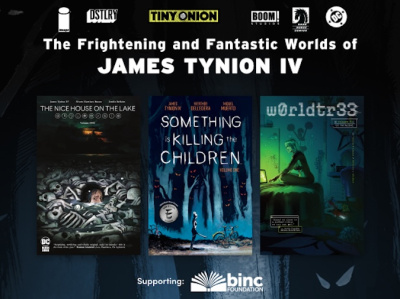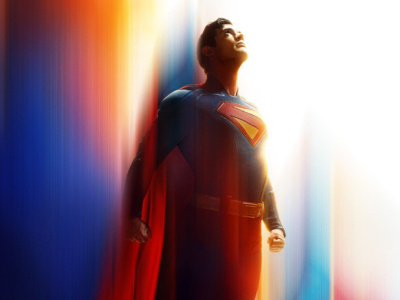Our conversation spanned a number of topics and you can watch the whole thing below, but I wanted to summarize some of the key points for ICv2 readers and call out some of our more enlightening exchanges.
The Everything Con. After an introductory segment of the presentation where I presented data on the growth of the fan convention industry, including some of the differences between the audiences for SDCC and other shows, the first point Glanzer wanted to make was to clarify SDCC’s identity and heritage.
“One of the things a lot of people don’t realize is that San Diego [Comic-Con] started out as a comic book, film and science fiction convention,” he said. “When Hollywood started to have a bigger presence at the show… we got a lot of criticism that we lost our roots as a comic-only convention. It’s never been a comics-only convention… when we target people who come to our shows, they may come for comics but they can be introduced to other things.”
Glanzer observed that people come to the show for certain things, but they cross pollinate. And they have to, because there are lines for almost everything, so you need to have second and third choices. “It’s really a great confluence of different people and interests,” he said.
On SDCC attendance: Glanzer said SDCC doesn’t talk about numbers much anymore because shows count attendance differently, leading to false comparisons and confusion. CCI counts unique attendees, so if the same person buys badges for multiple days, they are only counted once. Some conventions count badges such that a four-day badge counts once but four one-day badges purchased by the same attendee counts as four, or by turns of the turnstile each day. By that method, Glanzer said the attendance of SDCC could be reckoned at 330,000 to 360,000.
Other shows might get large raw numbers but those attendees may not stick around or do business with vendors, whereas Comic-Con fans tend to arrive early and stay all day. He said SDCC provides conservative estimates to give exhibitors realistic expectations of how much business they will do.
Protecting the relationship between attendees and exhibitors and giving those dealers the best chance to profit at the show is a major priority, Glanzer said. CCI targets fan audiences likely to support exhibitors at the show by actually buying things. SDCC also works with the city to try to limit the number of unauthorized outside activations (promotions and unsanctioned offsite events) which can divert dollars from dealers who have made a big investment to be at the show itself.
Staying on mission. Glanzer also elaborated on the differences between non-profit shows like SDCC, which are mission-driven, and cons run by for-profit event companies.
“I’ve never been told we have to increase the bottom line,” he said. In fact, he recently changed job titles from Director of Marketing and PR to Chief Communication and Strategy Officer because marketing didn’t really reflect the priorities or activities of the organization. “We make a lot of money,” he acknowledged, “but it takes a lot of money to put on our show. As long as we don’t lose our focus, we’ll be ok.”
Glanzer observed that, while he doesn’t necessarily feel market pressures, the imperative to stay on mission comes with its own challenges. “If there ever comes a time that Comic-Con loses its way, we will have no one to blame but ourselves. It’s not because another show has usurped us or is better than us. It’s because we’ve taken our eye off the ball.”
“If the Show Shrinks, It Shrinks.” One audience member asked about the potential impact of Disney or other major entertainment brands running their own shows to gain more control over their fanbase and the fan dollars. “We have a really good relationship with Disney, but the truth of the matter is, if they start doing their own events and it takes people away from our show, we’ll still do Comic-Con,” said Glanzer.
“If the show shrinks, the show shrinks,” he said. “It’s not something that we want necessarily, but we want to make sure the fans come first. The reason why we have multimedia and games is because that’s what fans want. I can’t tell you how many times we say no to things Hollywood wants to do. We have a reputation of being difficult to deal with. We try not to, but we want to make sure that nothing we do has a negative impact on the people sitting in the audience.”
On Comic-Con’s Future in San Diego. With Comic-Con’s agreement with the city of San Diego up for renewal in 2018, Glanzer fielded a couple of questions about the relationship between the Con and the city.
“You hear about us possibly moving and people are always talking about it,” he said, observing wryly that, “they rarely ask us.”
He made clear that the Con has always said it honors its roots in San Diego and would prefer to stay forever. He also praised the city government for its efforts to accommodate the Con and its expansion beyond the convention center to the Gaslamp District and neighboring areas. However, there remain a couple of sticking points.
“One of the biggest problems we’re having right now is hotel room blocks,” Glanzer said. “We try to get as many rooms at nearby hotels as we possibly can and we try to negotiate a fair rate. And that fair rate turns out to be higher than what the [ordinary hotel room cost] would be, but it’s something that the hotels really want and we hope that it’s something our fans can afford.
“We’re having some trouble with that. Our hotel contract expires next year, and some hotels want to give us fewer rooms in our blocks and charge exorbitant rates outside of that.”
Glanzer said the hotels argue that fans may not be pay premium rates, but the studios can. “We say to them, ‘yeah, but if there are no fans, there are no studios…’ and that’s a really hard thing for people to understand.”
He expressed hope that the city would make progress on expanding the current convention center site rather than building several blocks away, a move that he feels would be detrimental to the experience of fans and exhibitors. And he concluded with a level-headed assessment:
“Don’t assume we’ll be here forever. We will stay in San Diego for as long as we can. But if our attendees tell us it’s too expensive, it’s not working out, then we’re going to have to find a solution. I think a lot of people don’t necessarily believe that, at least on the public side. But the mayor seems to have gotten back on the subject of an expanded convention center, so it’s moving in the right direction.”









